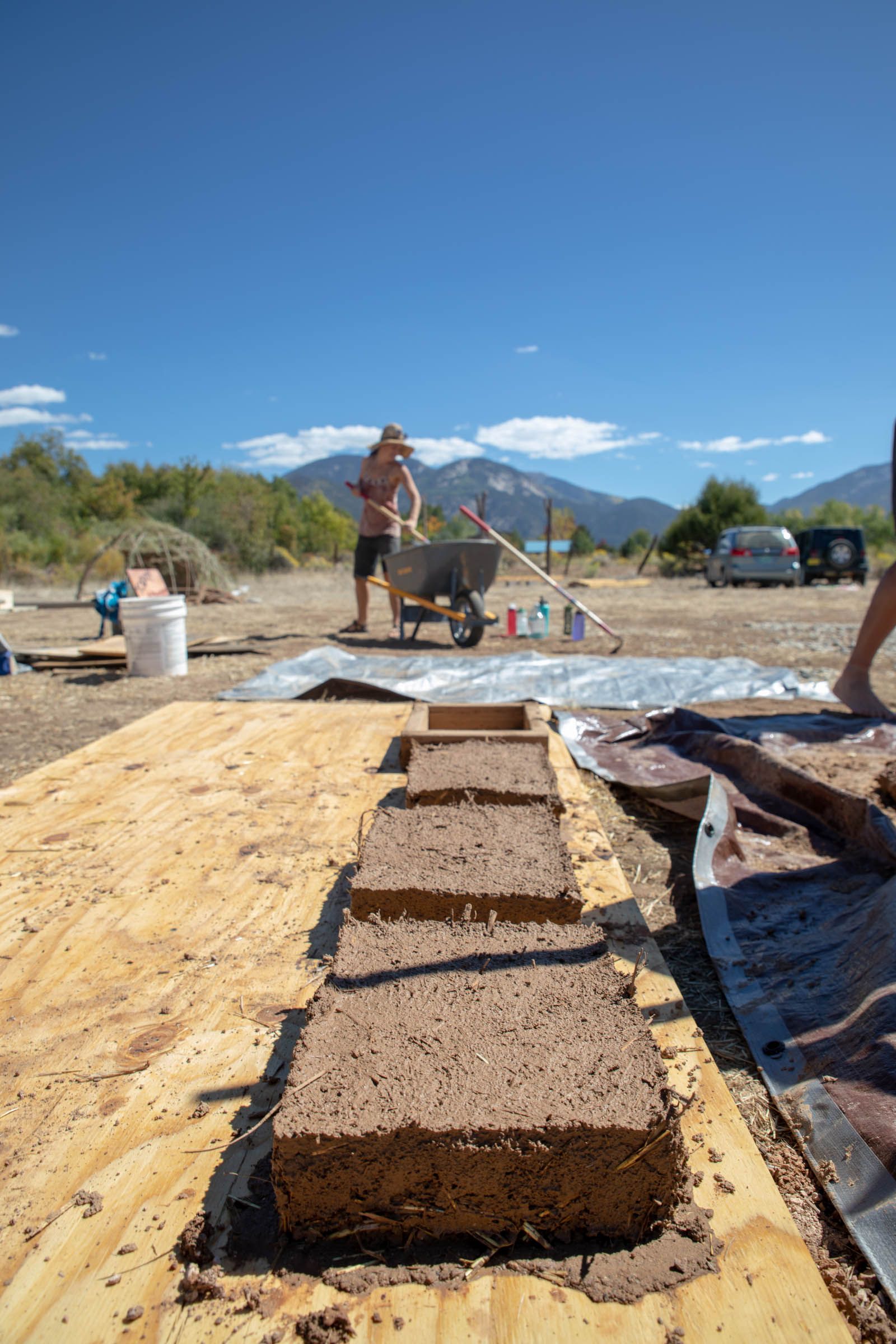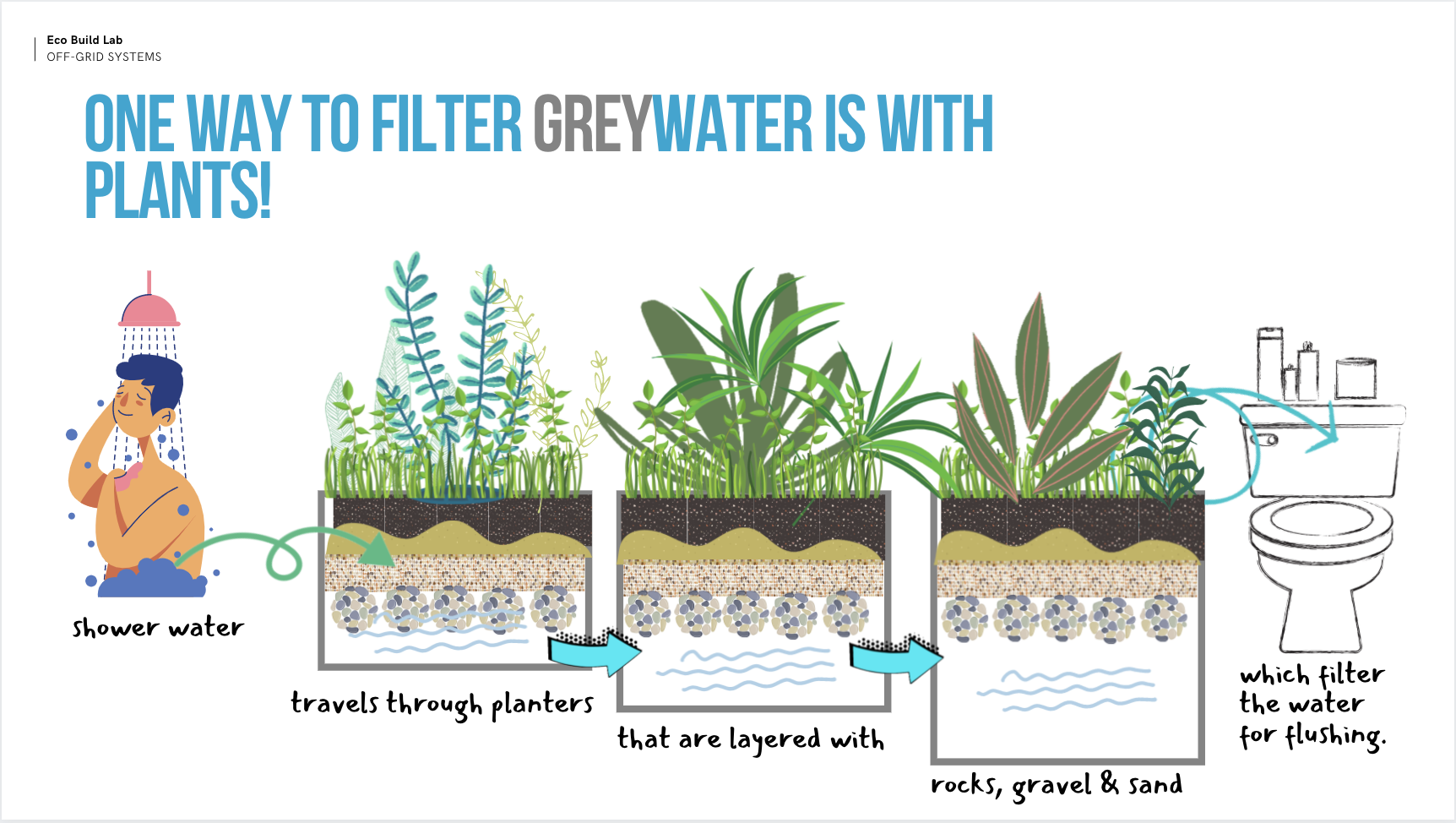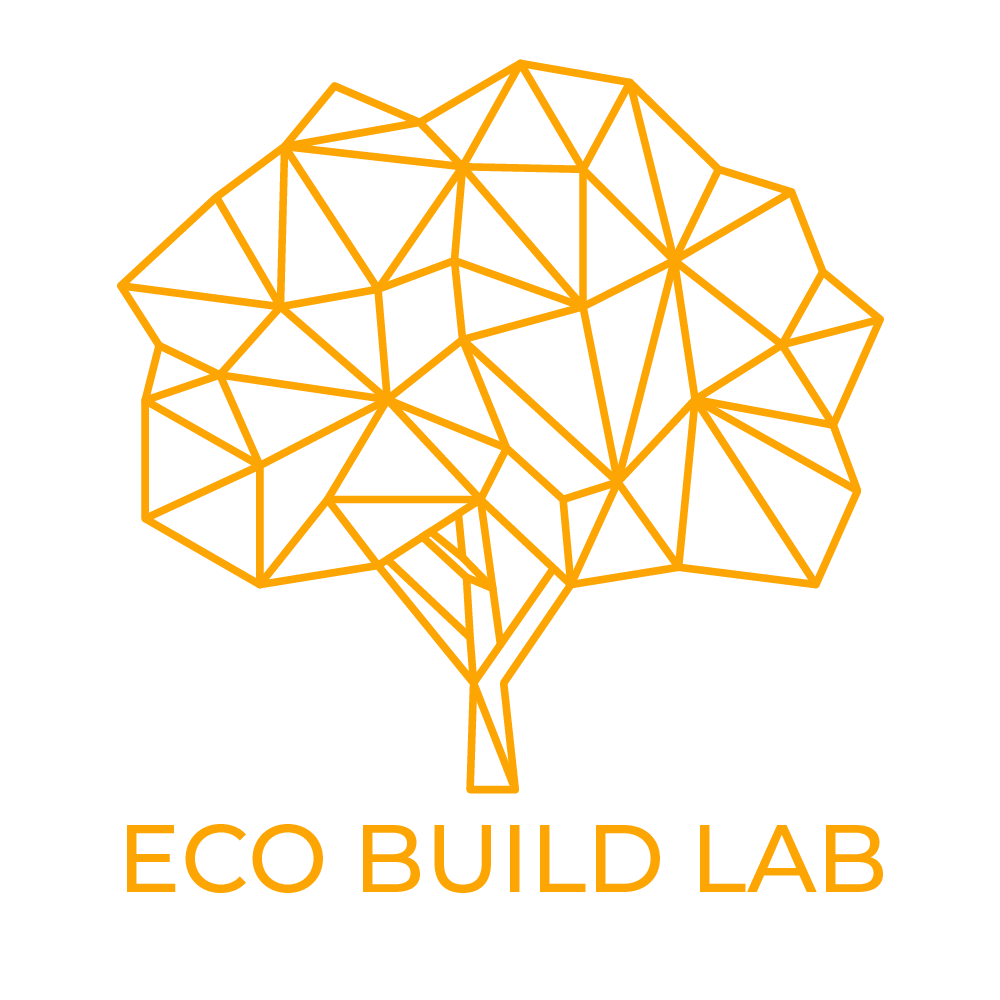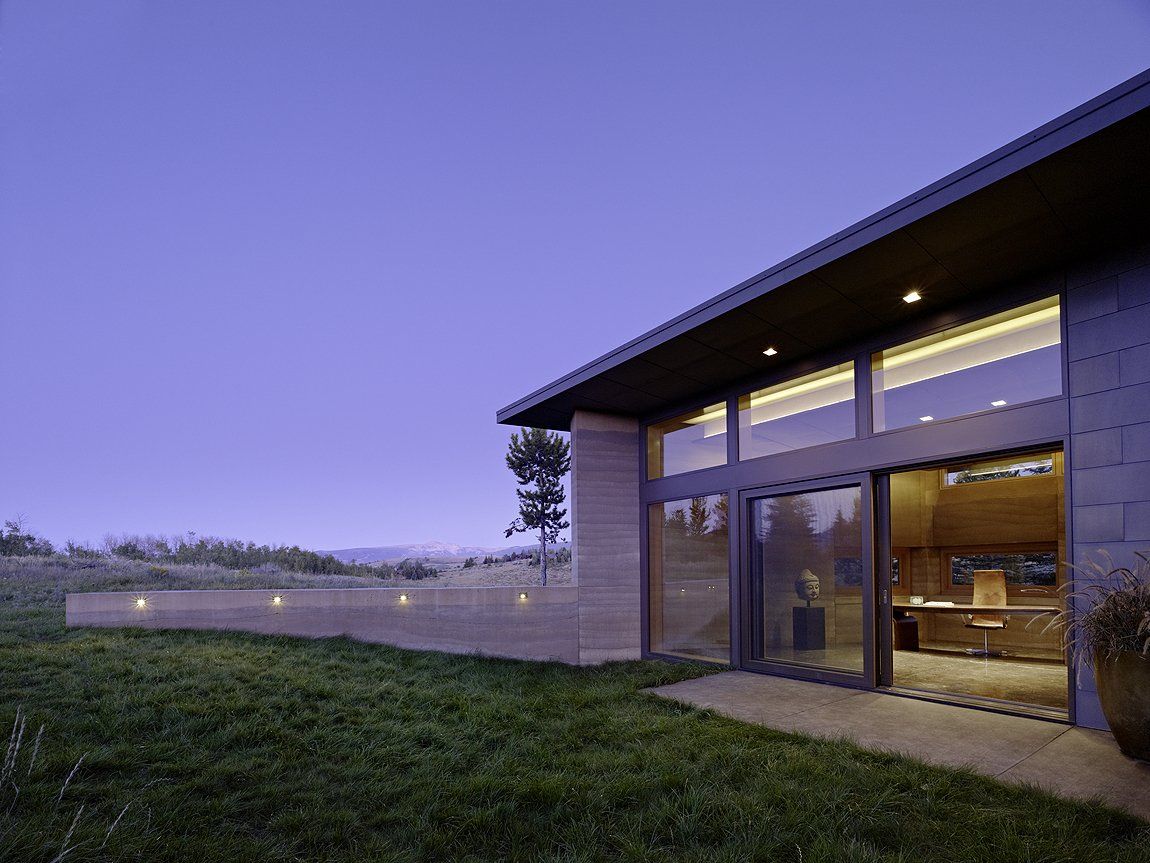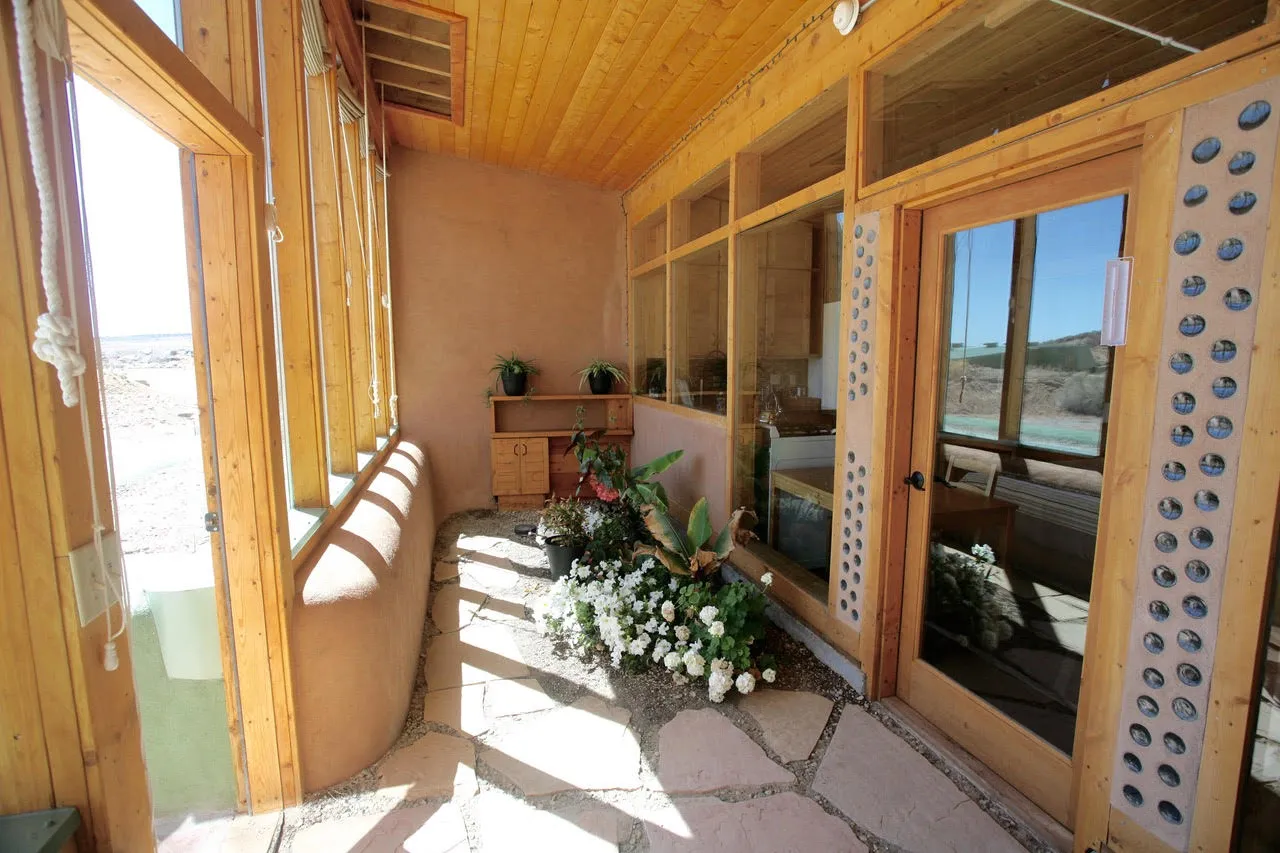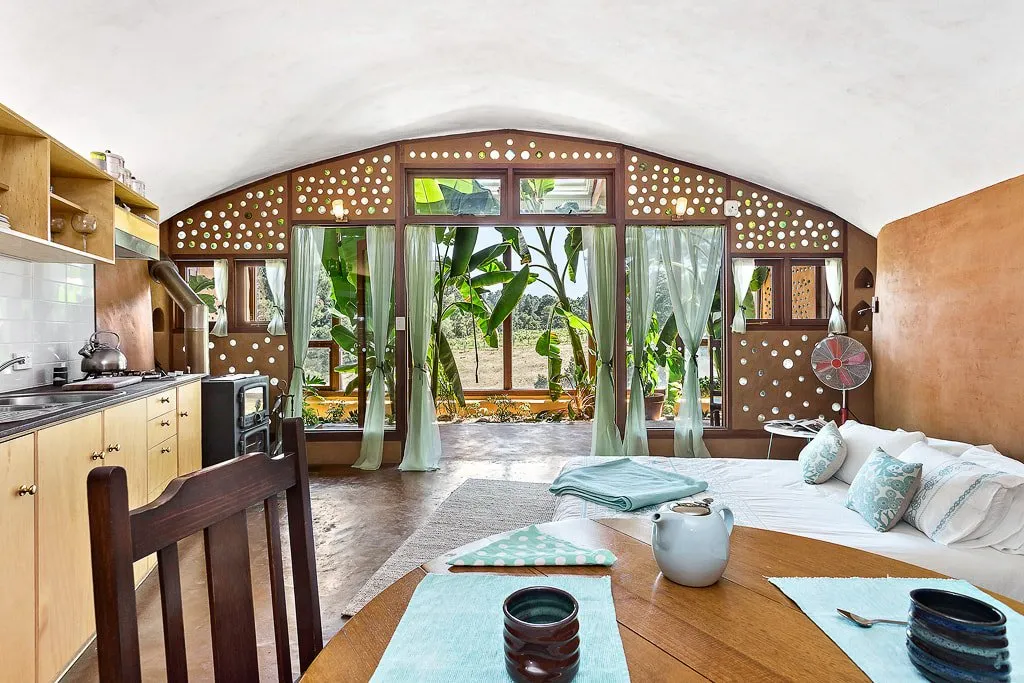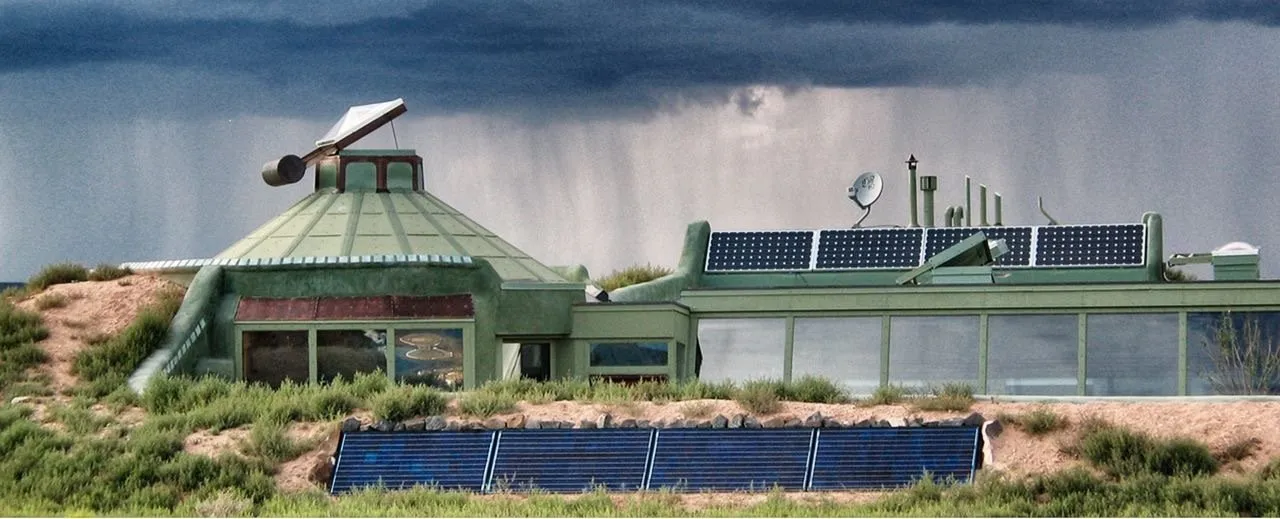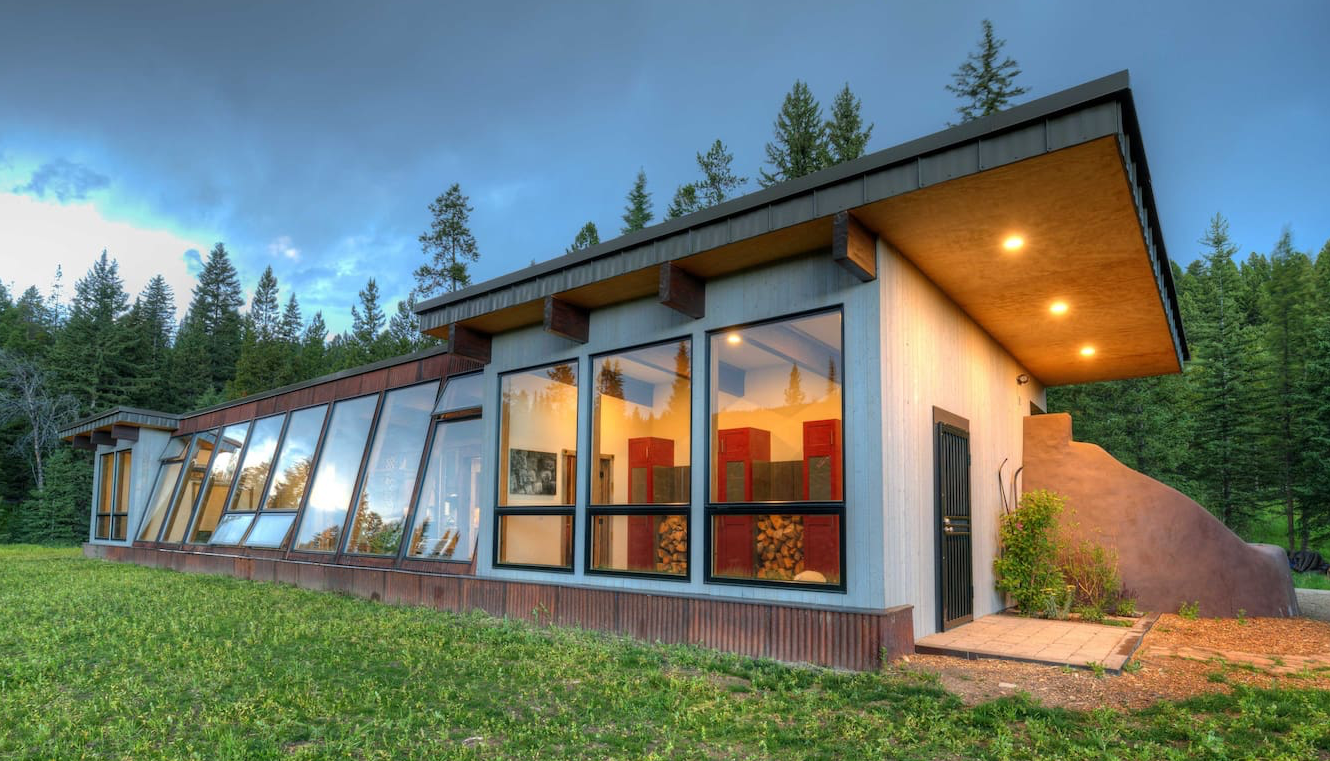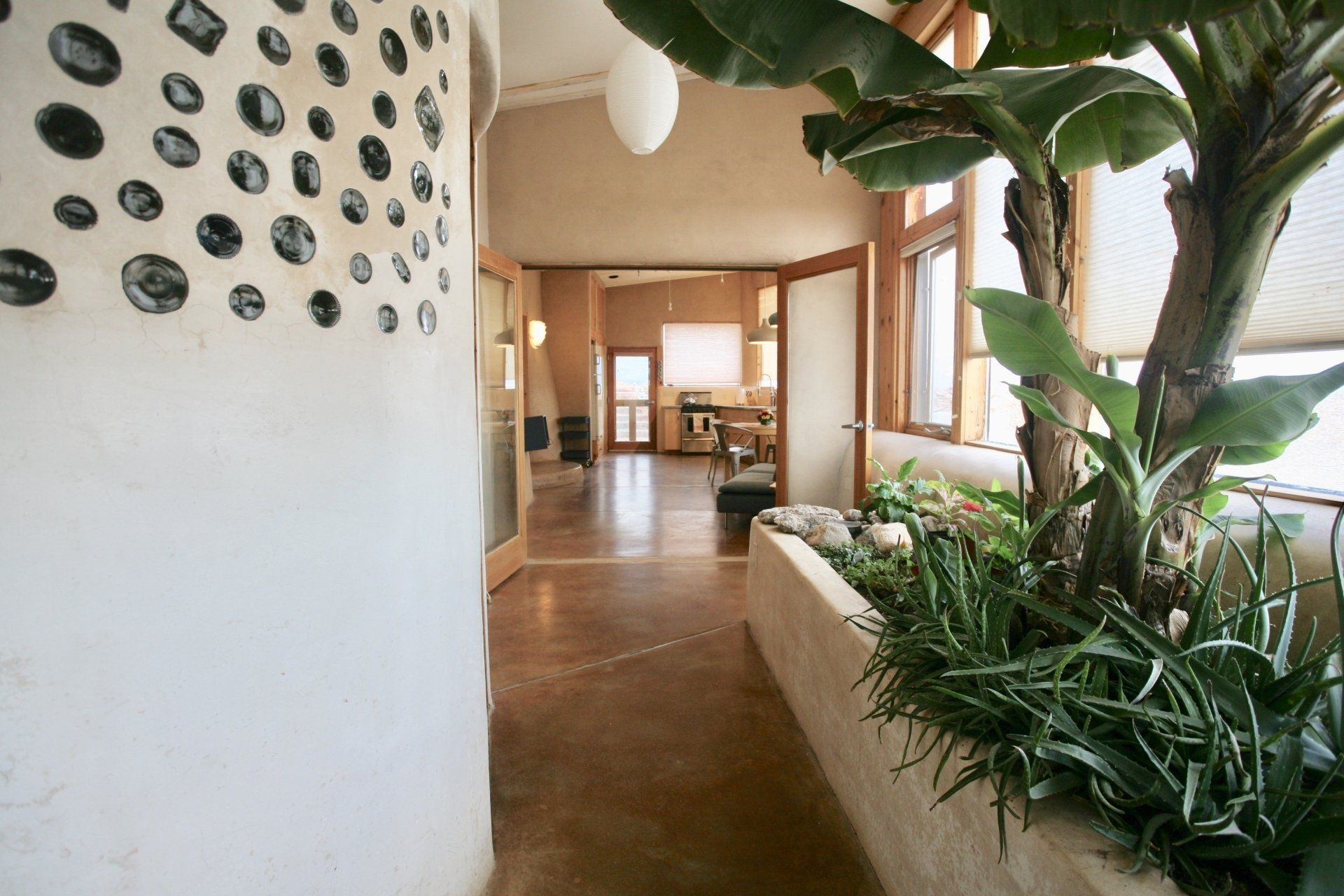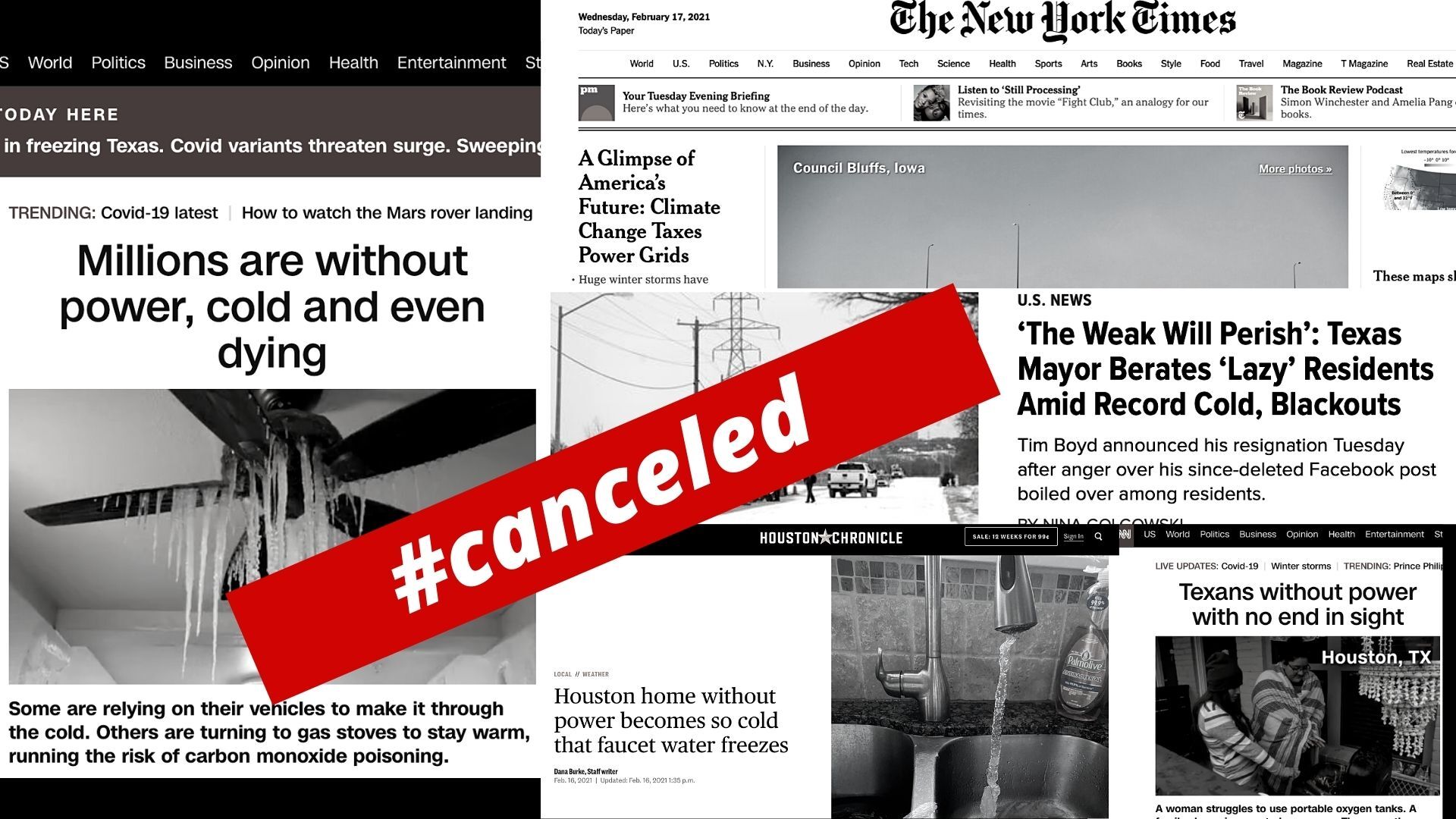Learn to Build Outside the Box!
We’re not promoting one solution. We’re promoting all the solutions at once.
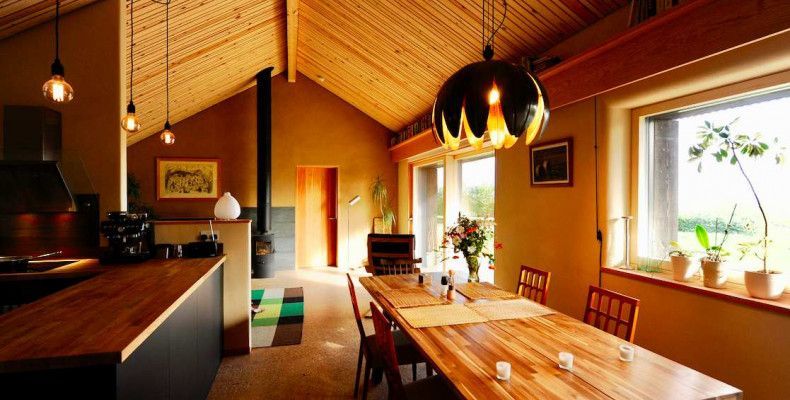
Cob. Adobe. Earthbag. Rammed Earth. Tire walls. Aircrete. Hempcrete. Strawbale. Light Straw Clay. You’ve probably heard of some of these, maybe all of them. These materials represent the spectrum from ancient techniques to cutting edge technologies, it covers thermal mass building envelopes, insulated ones, and ones that use both mass and insulation. Some of these types are more human labor intensive and some rely more on machines, some are relatively quick to construct, some take more time, some are easy to permit, some much less so, some can be used as transitional housing, some can be recycled back into the earth, some are built to last thousands of years. But what they all have in common is they are not typical boxes built with typical materials and a typical layout and look. They all are a rejection of the status quo, saying, “Hey, this conventional way of building is not working, the world is in trouble, we need to change the way we build, right now.”
We’ve been in the off-grid/sustainable building industry for many years and have seen how difficult it can be to build alternatives to conventional, stick frame boxes. We’ve seen how building codes and local design regulations are biased against new methods, how financing can be difficult to obtain for anything different from cookie-cutter housing, how the public sometimes holds preconceived ideas about what a house should look like that conflict with the way a house could ideally function, as well as other roadblocks and challenges. This path is not well worn and many times the early-adopters are breaking a sweat, breaking trail and hoping that others will follow.
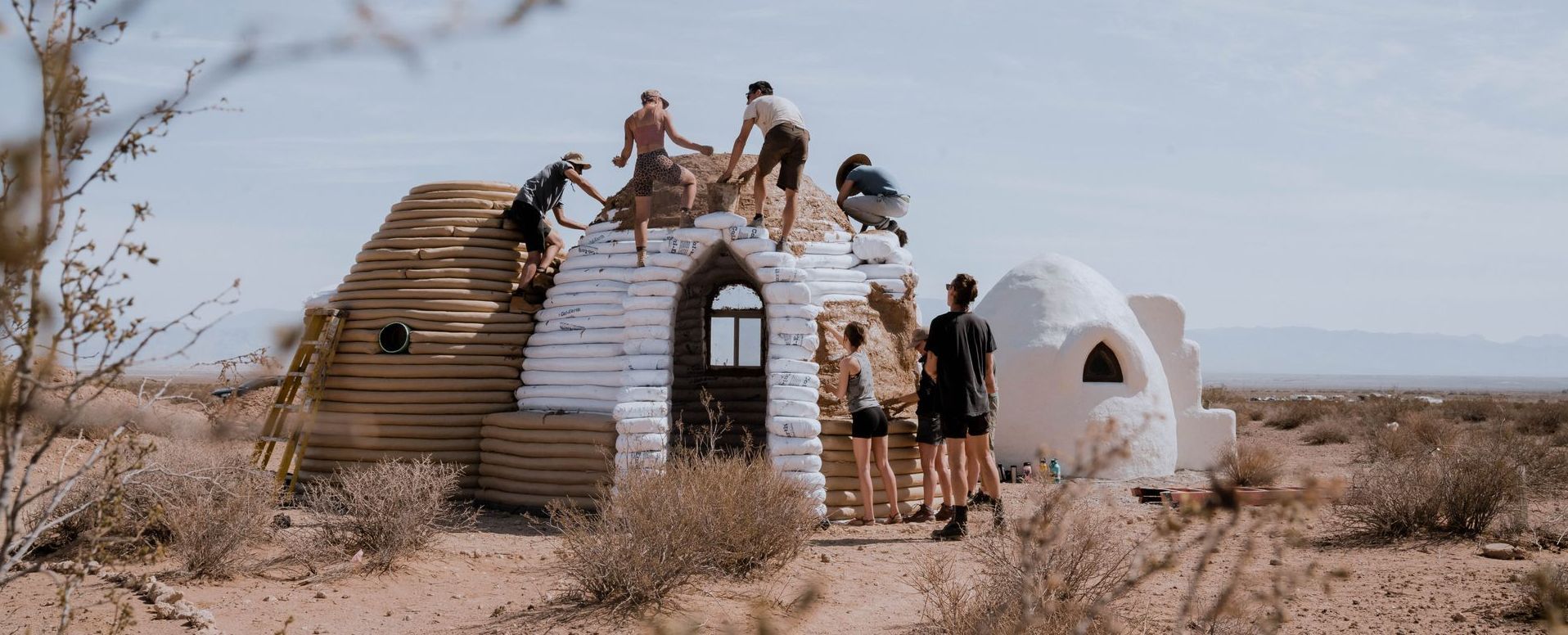
During our own journeys we have noticed that the alternative building world is divided into different camps, each trying to convince people that their solution is the smartest, fastest, easiest, greenest, most cost effective, most comprehensive, etc… There are not many good resources for newbies to learn about all the different possibilities in one place, to learn how to differentiate between these building types and choose what is the best fit for their project, their climate, aesthetic, time frame, skill level, and budget. We have built this resource.
We’ve gathered experts in 12 different natural and alternative building solutions into one place. We have built the Build Outside the Box Mastermind as a resource to educate, inspire and empower you to move outside the box. To build something better for you and the planet.
We’re not promoting one solution. We’re promoting all the solutions at once. People can gain the tools to choose what works best for them. We’re also building a community where we can learn from each other, connect, encourage, assist, refer, and discover what is adjacent possible. We hope this Build Outside the Box Mastermind will help exponentially increase awareness about these incredible options. Individually, it can be easy to feel deflated in the face of so much dire news about our future on this planet. But together, collectively, we can address what the world needs
right now, all the solutions, all at once, on a massive scale.
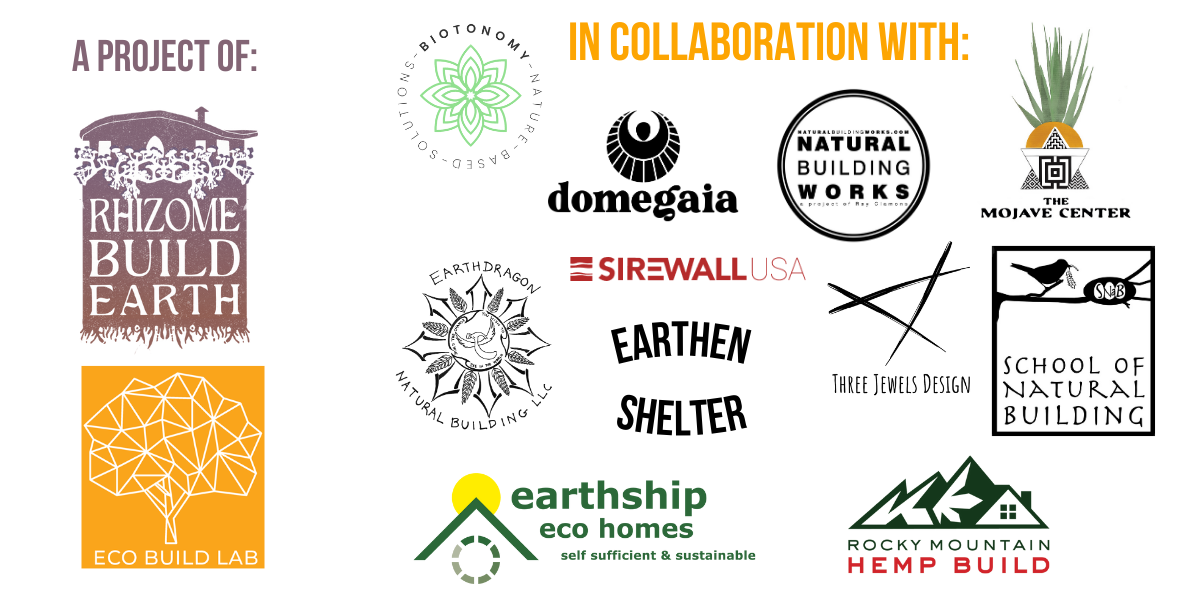
SUBSCRIBE
